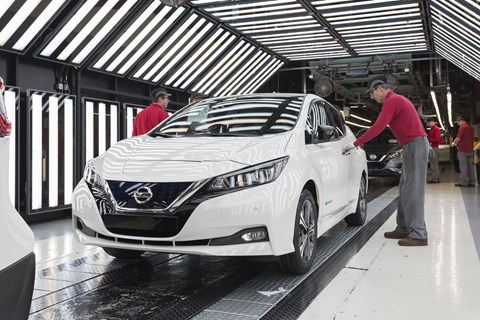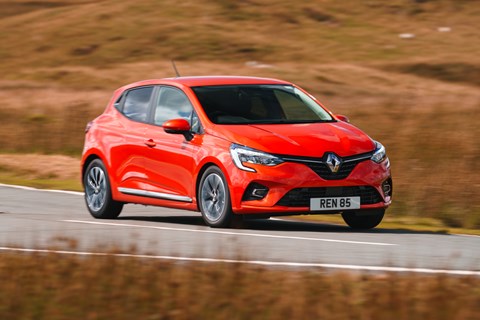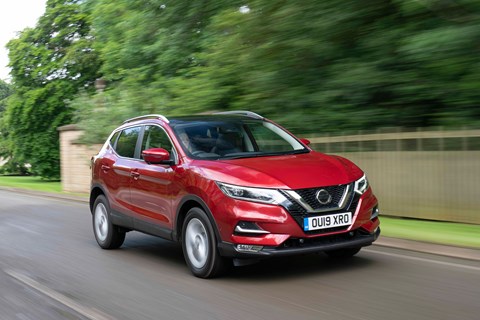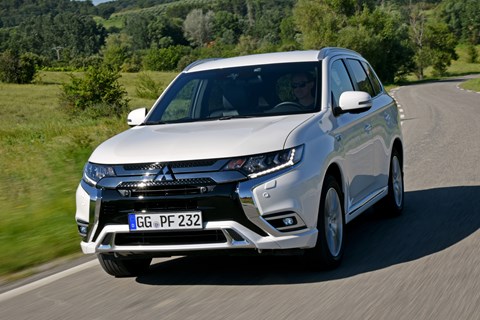► Latest Renault-Nissan-Mitsubishi plans
► Increased tech and platform sharing
► Designed to cut costs and streamline R&D
The Renault-Nissan-Mitsubishi Alliance has announced a huge range of new initiatives that will tighten how closely they work together and reduce manufacturing costs.
Plans include further streamlining R&D and standardising future car model ranges – schemes that have been the basis of the Alliance since it was formed in 2013. ‘The new business model will enable the Alliance to bring out the most of each company’s assets and performing capabilities, while building on their respective cultures and legacies,’ said Chairman of the Alliance board, Jean-Dominique Senard.
In English, please…
Basically, you can boil this down to the Alliance ‘doing a VW Group’. The three brands under the umbrella (Renault, Nissan and Mitsubishi) will use the same platforms, engines and, in most cases, the same body style save for a few brand-related differences in its future cars.
Badge engineering at its finest, then, and something VW, Skoda and Seat have done for years; the VW Group’s range of mainstream family cars are near identical in platform, engine, body-in-white and share plenty of interior details and tech. These include cars like the Golf/Leon/Octavia, T-Cross/Arona/Kamiq, Ateca/Karoq and Tiguan Allspace/Tarraco/Kodiaq.

Each of the three Alliance brands will take the lead on certain projects or classes of vehicle, with the first ones rolling out from 2022 onwards, under what it’s calling a ‘leader-follower’ scheme. The Alliance says this will reduce model investment costs by up to 40 per cent.
Hasn’t the Alliance been doing this already?
Yes, but the Alliance wants to take things a few steps further.
The CMF-B platform and range of engines is already used in the latest Renault Clio, Captur and the latest Juke, while the CMF-C/D platform has been used since 2013 on everything including the current Nissan Qashqai and X-Trail, Renault Megane, Kadjar, Scenic, Koleos and more. The Alliance has also been doing this already when it comes to light commercial vehicles. With this latest plan, the Alliance hopes that up to 50 per cent of models will be made under the leader-follower scheme by 2025.
Along with platform sharing and development, each brand will be the reference point of certain regions of the world’s markets. The Alliance has arranged for the brands it feels will be most competitive in these regions to take the lead in how to maximise how efficient its manufacturing and logistics setups are.
What will Renault lead on in future?

Renault’s ‘reference regions’ will be Europe, Russia and South America.
The brand’s success in the small car market sees it lead on developing the next B-segment range, so it will be responsible for the next generation Clio, Captur, Micra, Juke and small Mitsubishis like the ASX crossover from 2025 onwards.
It’s also taking on the smaller end of the electric car revolution, developing future powertrains for the A and B segment (so that’s city car and supermini) EVs.
How about Nissan?

Nissan will be leader for North America and Japan.
Given it essentially pioneered what is now a modern crossover, it’s responsible for the C-segment range, so will take on the next Qashqai and Kadjar crossover, plus mid-sized hatches. Expect to see Renault and Mitsubishi variants of the brand’s forthcoming Ariya.
While Renault focuses on small EVs, Nissan will take the lead on developing BEV powertrains for larger family cars. Given its expertise with its ProPilot semi-autonomous safety tech, it’s also been made the leader of any autonomous car developments.
Anything for Mitsubishi?

Its reference regions are ASEAN (the Association of Southeast Asian Nations) and Oceania (Australia, New Zealand etc.)
In terms of the leader-follower plan, it seems like Mitsubishi has been given a raw deal in this scenario, as the only leads currently highlighted are the continuous development of plug-in hybrid technology (makes sense, given the only real success story for it, in Europe at least, is the Outlander PHEV) and a kei car platform for the Asian markets.
Check out more CAR industry news here